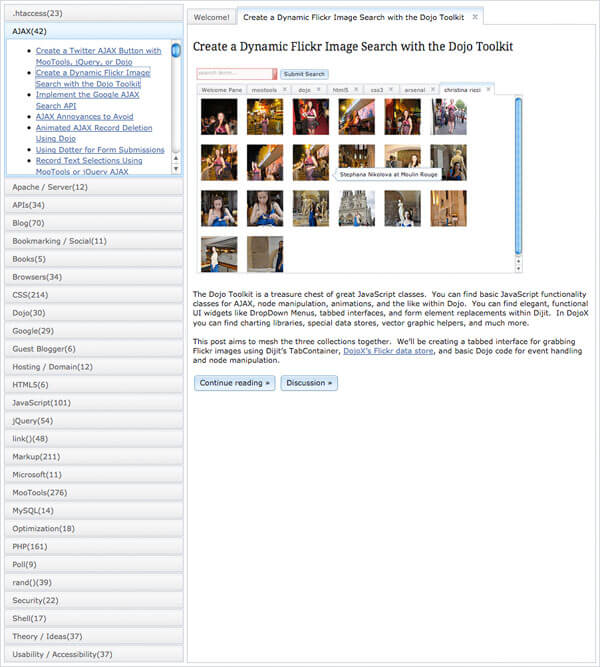How to Hide Information in Images
If you've followed this blog, you know that I'm obsessed with figuring out every way to interact with, abuse, and convert different types of media. Whether it's images, video, or audio, if something can be changed or exploited, I want to figure out how to do it.
I remember reading in the past about how images could be used to pass on "secret" information or even install viruses, all the while displaying as proper images in browsers; this process is called steganography. I wanted to figure out how you could exploit an image to, at the very least, contain information not visible to the user. Let's look at a few different methods!
Adding EXIF Data
Unbeknownst to most users sharing photos, those images have data attached to them that the photographer realizes: latitude and longitude, device, and lots of other information. For this reason alone I wrote Get and Remove EXIF Data, a post every service that allows image uploads should read, simply to keep their users privacy.
You can set EXIF data in an image to pass on dubious information:
# Put information in the EXIF exiftool -artist=MY_SEMI_SECRET_DATA walshcoin.gif # Retrieve the new info from the EXIF exiftool walshcoin.gif
The image displays just as it did before but passes information unseen to the user!
Concatenating ZIP Files and Images
This method is the scarier of the two I'll illustrate. You can actually concatenate an animated GIF and a ZIP file and the image will display while you can also unzip the GIF!
# Concatenate a legit GIF with a secret ZIP file! $ cat bitcoin.gif >> bitcoinsecret.gif $ cat secret.txt.zip >> bitcoinsecret.gif # When you unzip the file, the secret file is there! $ unzip bitcoinsecret.gif
It's wild that you can concatenate an image and a ZIP file and the result is both extractable and displays properly in a browser!
The methods I've illustrated in the post are incredibly tame -- there are likely many other dubious ways to exploit images so that the average user doesn't know that they're vulnerable. The ease with which you can add arbitrary information to an image should be unsettling -- the images, at face value, show no sign of modification, but the truth is that they can tell a different story to someone looking for that information!





Hi, David,
what you are describing here is known as Steganography:
https://en.wikipedia.org/wiki/Steganography
Of course, there are packages on npm for this: https://www.npmjs.com/search?q=steganography
I haven’t looked into their implementation, yet.
Cheers
André